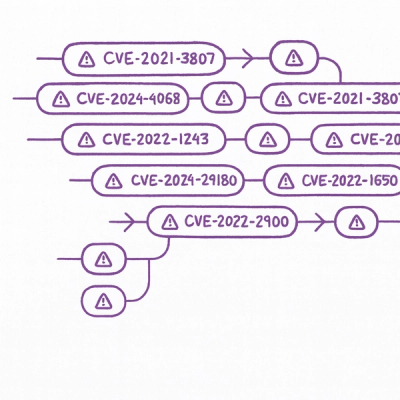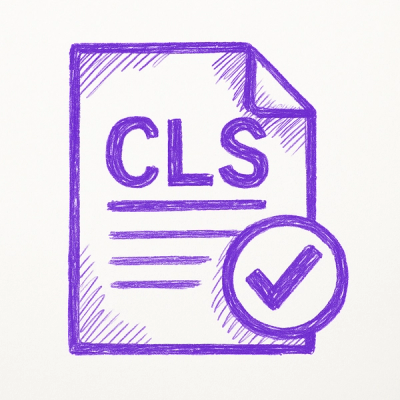
Security News
Astral Launches pyx: A Python-Native Package Registry
Astral unveils pyx, a Python-native package registry in beta, designed to speed installs, enhance security, and integrate deeply with uv.
= Slayer's modifications:
= Twilio Gem
The Twilio gem provides two major pieces of functionality: (1) a Ruby wrapper for the Twilio REST API and (2) response handlers based on the Twilio Markup XML (TwiML).
See http://www.twilio.com/docs/index for Twilio's API documentation.
== Calling the Twilio REST API
First set your credentials by calling the connect method:
Twilio.connect('my_twilio_sid', 'my_auth_token')
Now call any of the Twilio classes:
Twilio::Call.make('1234567890', '9876543210', 'http://mysite.com/connected_call') Twilio::Recording.list
== Responding to Twilio
When Twilio calls your application URL, your response must use the Twilio Markup XML (http://www.twilio.com/docs/api_reference/TwiML/). The Twilio gem makes this very easy by providing a Twilio Verb class.
For example, in a Ruby on Rails application, you could do the following inside a controller class:
Twilio::Verb.dial '415-123-4567'
and you can nest multiple verbs inside a block:
verb = Twilio::Verb.new { |v| v.say "The time is #{Time.now}" v.hangup } verb.response
== Installation
gem install twilio
== Contributing
Note: don't require 'rubygems' in any file (http://www.rubyinside.com/why-using-require-rubygems-is-wrong-1478.html)
== Copyright
Copyright (c) 2009-2011 Phil Misiowiec, Webficient LLC. See LICENSE for details.
== Contributors
FAQs
Unknown package
We found that slayer-twilio demonstrated a not healthy version release cadence and project activity because the last version was released a year ago. It has 7 open source maintainers collaborating on the project.
Did you know?

Socket for GitHub automatically highlights issues in each pull request and monitors the health of all your open source dependencies. Discover the contents of your packages and block harmful activity before you install or update your dependencies.

Security News
Astral unveils pyx, a Python-native package registry in beta, designed to speed installs, enhance security, and integrate deeply with uv.

Security News
The Latio podcast explores how static and runtime reachability help teams prioritize exploitable vulnerabilities and streamline AppSec workflows.

Security News
The latest Opengrep releases add Apex scanning, precision rule tuning, and performance gains for open source static code analysis.